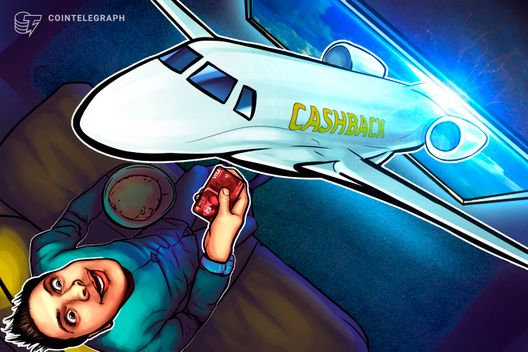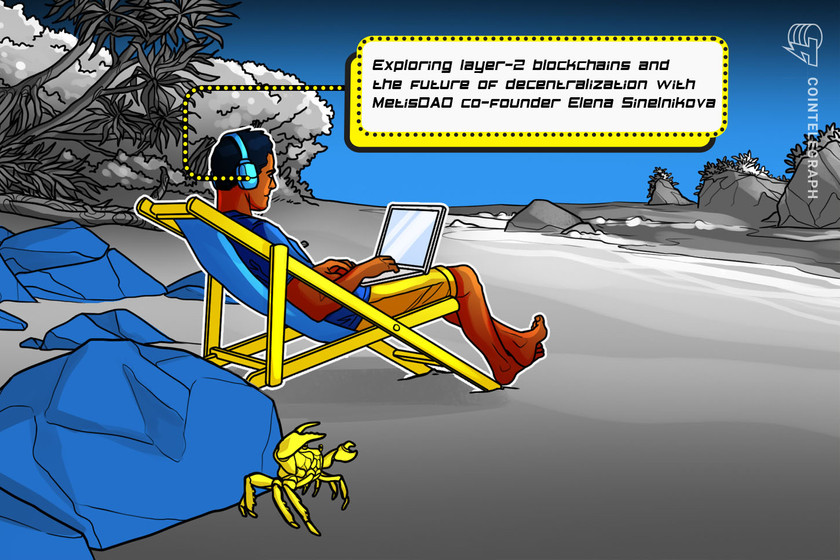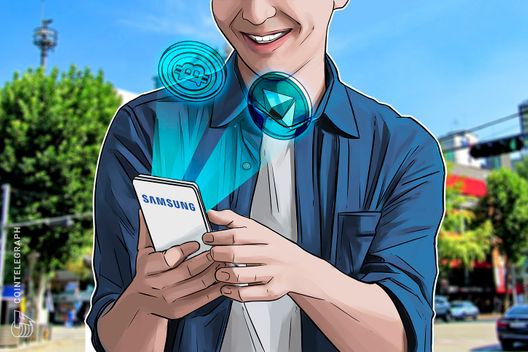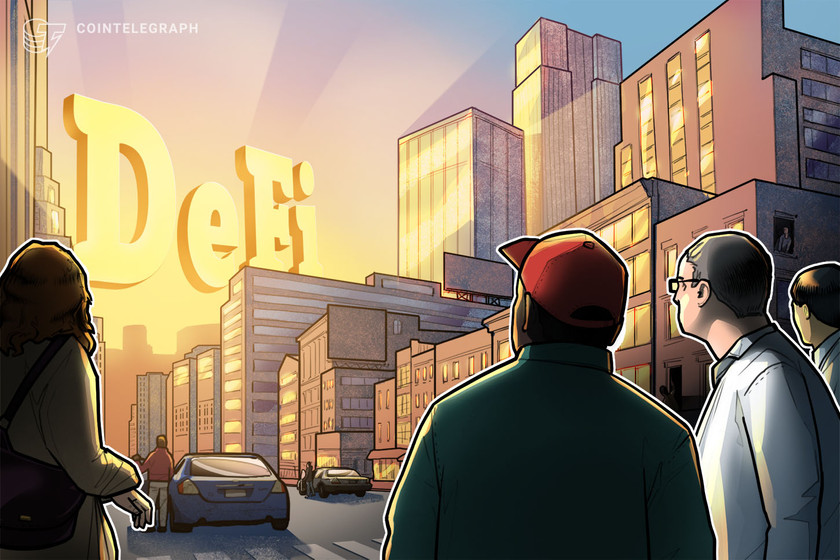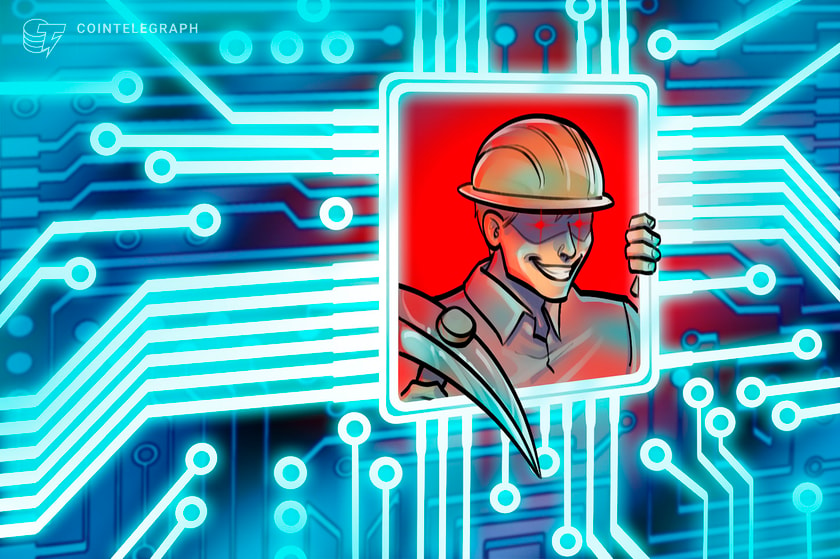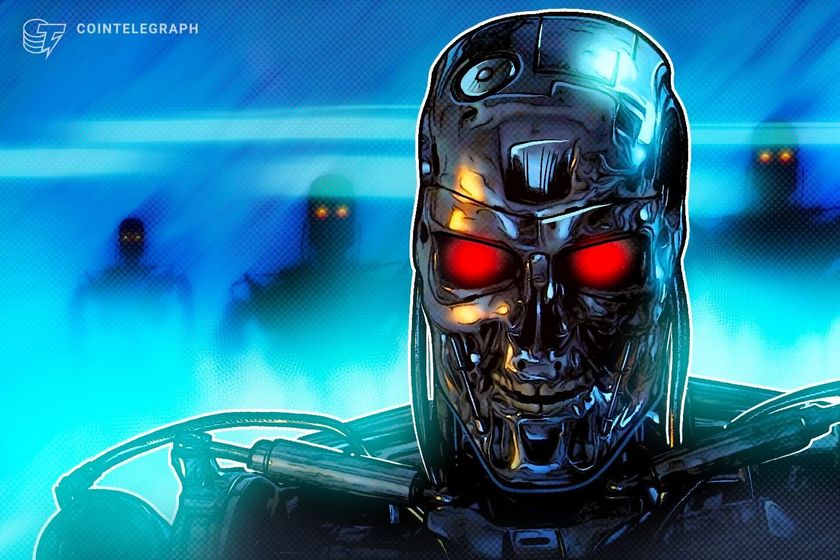Circle launches Web3 development platform for Web2 developers
Stablecoin issuer Circle has launched a new tool that it says will allow developers to “remove the complexity” of building Web3 apps, according to an announcement and accompanying social media post on October 19.
Called “Smart Contract Platform,” the new tool allows developers to deploy smart contracts using a set of pre-vetted code templates and either a console or REST APIs, making it potentially easier for traditional Web2 programmers to use.
Circle also released a Gas Station tool that lets developers pay for their users’ gas fees, which they claim may make onboarding users easier.
1/ Introducing Gas Station and Smart Contract Platform – built for #devs & available in beta!
Our two new #Web3 Services products provide solutions for devs & businesses to remove cost, complexity & friction for app users. Let’s dive in to learn how our Web3 services continues… pic.twitter.com/gZnpAvYepT
— Circle (@circle) October 19, 2023
When developers deploy smart contracts, they usually rely on Web3 developer tools like Truffle or Hardhat to perform the deployment. When using these tools, contracts have to be written in Solidity, a language that some conventional programmers do not know very well. They also require developers to create and run blockchain deployment or “migration” scripts, a process that some Web2 developers are unfamiliar with.
According to its documents, the Circle smart contract platform provides a set of pre-vetted templates that can be used to create a variety of smart contracts. For example, developers can use the templates to produce contracts for non-fungible tokens (NFTs), blockchain loyalty programs, and interactions with Uniswap or other decentralized finance projects or with Circle’s stablecoin contracts. This implies that a developer can use the platform to avoid having to create an entire Solidity contract from scratch, which may make it easier for Web2 developers to start building in Web3.
Related: Account abstraction will drive a billion users to Web3: ConsenSys exec
Once the contract is created, the developer can deploy it to Polygon using a “no-code” console provided as part of the platform, the announcement stated. This implies that the developer does not need to write a “migration” script to deploy the contract when using Circle’s platform. According to the announcement, the “no-code” console is not yet available for Ethereum or Avalanche.
However, the platform also provides a set of representational state transfer application programming interfaces (REST APIs) for use on these networks, and developers can use these to deploy or interact with their contracts. REST APIs are the standard means that developers use to interact with Web2 databases, making them more familiar to developers that have never built Web3 apps.
Circle plans to make both the “no code” console and REST APIs available for more networks in the future, the announcement stated.
According to the platform’s documents, developers can also use it to deploy a custom contract that doesn’t use one of the templates, although in this case they must provide the compiled bytecode for it. Still, even in this case, the developer avoids needing to write a deployment script, since this can be handled either by the console or REST APIs.
Circle also announced a second developer feature called “Gas Station.” It allows Web3 app developers to pay for their users’ gas fees. This potentially allows developers to onboard users more easily, as it prevents users from needing to pre-fund their wallets with the native coin of a network.
Gas Station uses Ethereum’s account abstraction feature to implement these gas-free transactions. The Grab super-app has already implemented the new feature, allowing users to pay no gas when redeeming NFT vouchers, the announcement stated.

